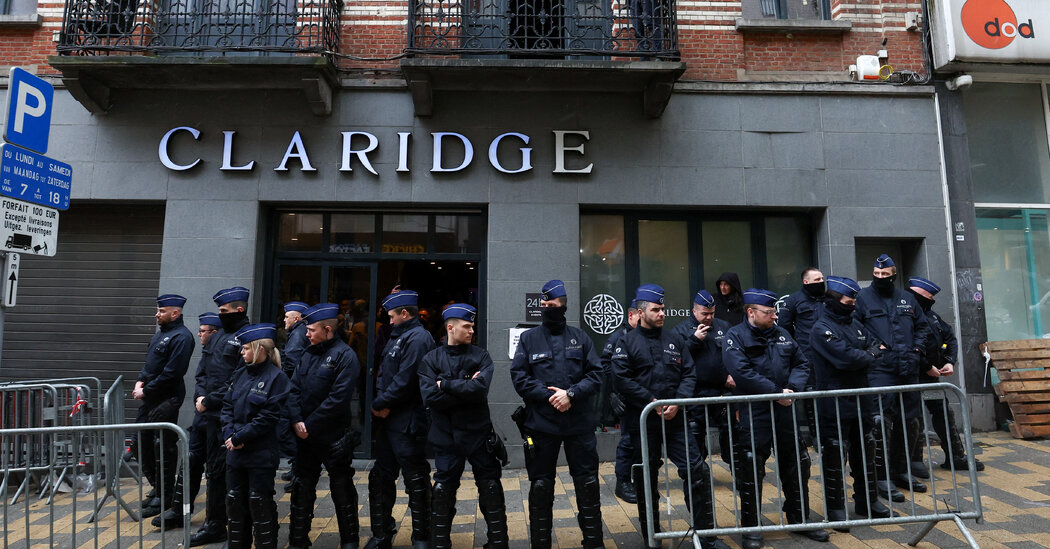
[ad_1]

Precision game: Partial view of the special mirror systems used to activate laser at the ELI project in Romania.
| Photo Credit: AFP
In the control room of a research centre in Romania, part of the European Union’s Infrastructure ELI project, engineer Antonia Toma activates the world’s most powerful laser, which promises revolutionary advances in everything from the health sector to space.
The laser at the centre, near the Romanian capital Bucharest, is operated by French company Thales, using Nobel prize-winning inventions.
France’s Gerard Mourou and Donna Strickland of Canada won the 2018 Nobel Physics Prize for harnessing the power of lasers for advanced precision instruments. “The sharp beams of laser light have given us new opportunities for deepening our knowledge about the world and shaping it,” the Nobel Academy’s citation said.
Mr. Mourou confessed he was “very moved” by his “incredible odyssey” — from the U.S. where he spent 30 years, to bringing this project to fruition in Europe.
“We start from a small luminous seed with very, very little energy, which will be amplified millions and millions of times,” said Mr. Mourou, 79, trying to give a sense of the “huge step taken”, the “phenomenal powers” achieved.
Possible applications include treating nuclear waste by reducing the duration of its radioactivity, or cleaning up the debris accumulating out in space, he added. For Mr. Mourou, just as the last century was that of the electron, the 21st century will be that of the laser.
[ad_2]
Source link





